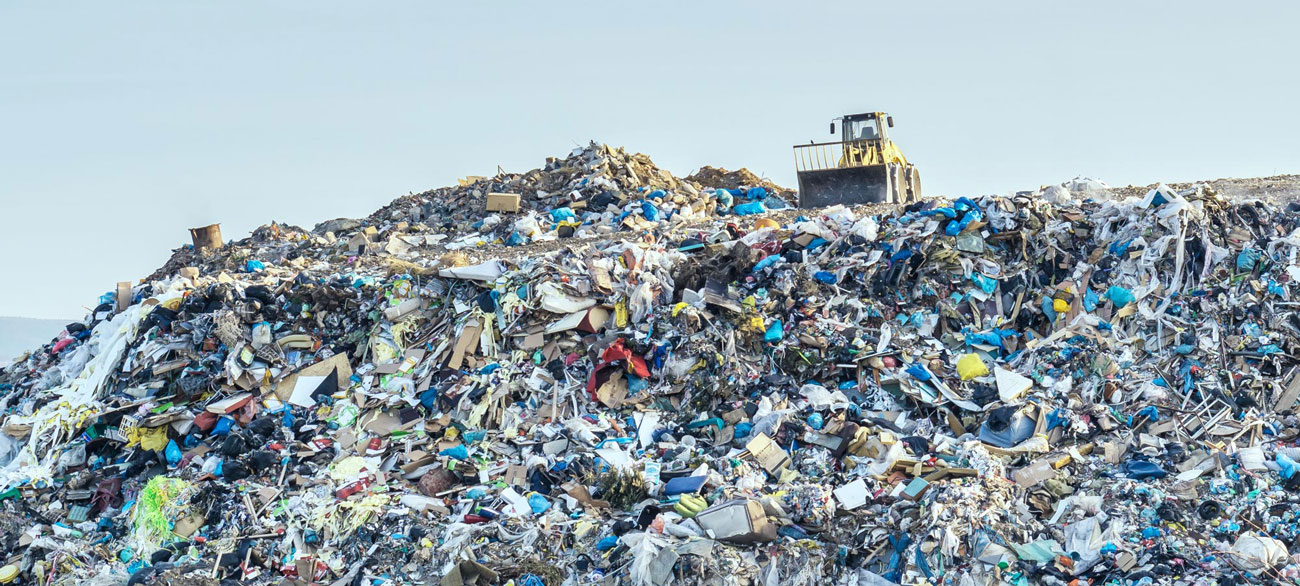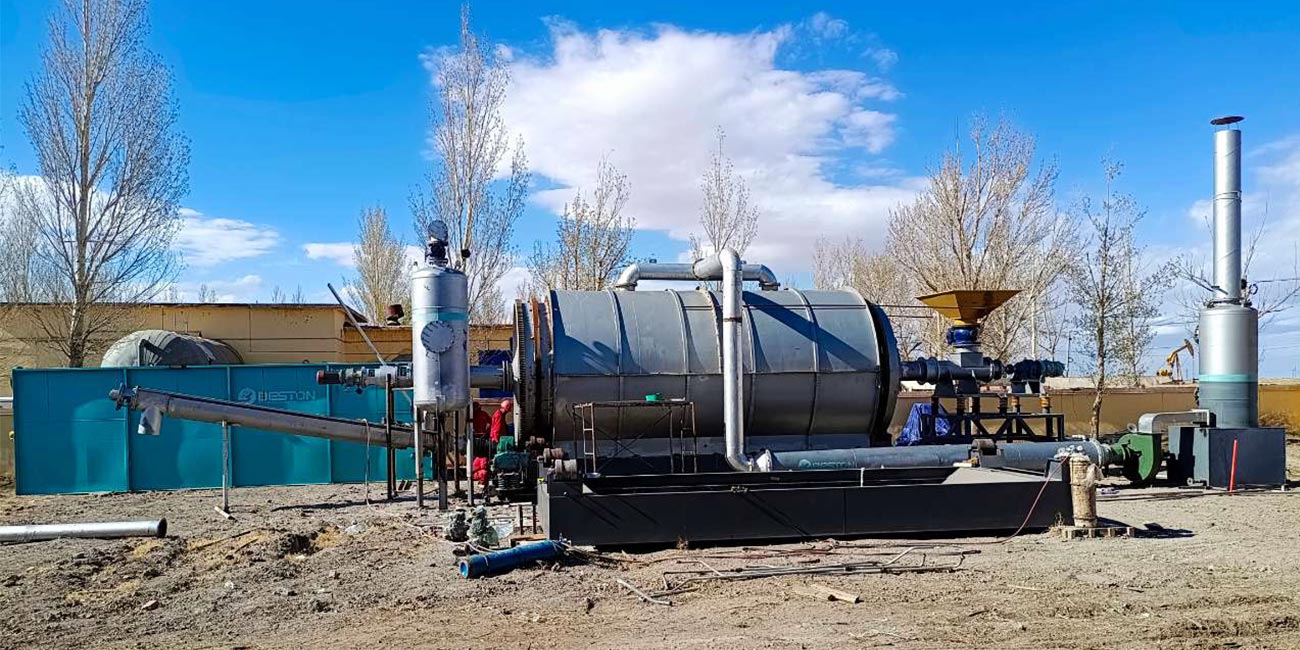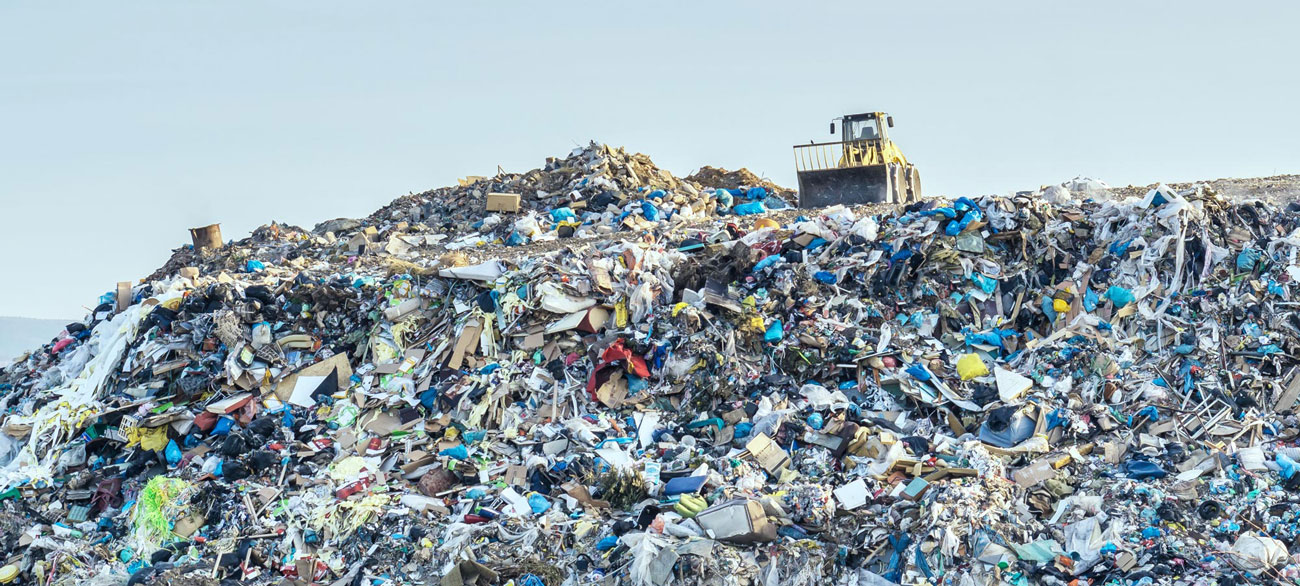Introduction
Plastic waste is a global environmental crisis, with millions of tons of plastic ending up in landfills and oceans each year. Traditional methods of managing plastic waste, such as recycling and incineration, have limitations and often fail to address the sheer volume of plastic produced. One promising solution that has garnered attention is the conversion of plastic to oil through a process known as pyrolysis. This blog explores the technology behind plastic-to-oil conversion, its benefits, challenges, and its potential to revolutionize waste management and energy production.
Understanding Pyrolysis
Pyrolysis is a thermochemical process that decomposes organic materials at high temperatures in the absence of oxygen. When applied to plastic waste, pyrolysis breaks down long-chain polymers into smaller hydrocarbons, resulting in products like synthetic oil, gas, and char. This process of plastic to oil plant not only helps in managing plastic waste but also produces valuable products that can be used as alternative energy sources.

The Pyrolysis Process
The pyrolysis process involves several stages:
- Feedstock Preparation: Plastic waste is collected, sorted, and pre-processed (e.g., shredded) to ensure uniformity and remove contaminants.
- Heating and Decomposition: The prepared plastic is fed into a pyrolysis reactor, where it is heated to temperatures between 400°C and 600°C in an oxygen-free environment. This causes the plastic to decompose into smaller molecules.
- Condensation: The gaseous products from the reactor are cooled and condensed into liquid oil.
- Separation and Refining: The resulting liquid is separated into different fractions, such as fuel oil and diesel, through distillation and refining processes.
- By-products Management: Non-condensable gases are collected and can be used to fuel the pyrolysis process, while char can be utilized in various applications, including as a soil amendment or in construction materials.
Benefits of Converting Plastic to Oil
The conversion of plastic waste to oil offers several environmental and economic benefits:
1. Waste Reduction
Plastic-to-oil technology provides an effective method to manage and reduce the volume of plastic waste. By diverting plastic from landfills and oceans, it helps mitigate environmental pollution and its associated impacts on wildlife and ecosystems.
2. Resource Recovery
Pyrolysis transforms plastic waste into valuable resources. The synthetic oil produced from plastic to fuel machine can be used as a substitute for conventional fossil fuels in various applications, including transportation, power generation, and industrial processes. This not only provides a new source of energy but also reduces the dependency on non-renewable resources.
3. Carbon Footprint Reduction
Compared to traditional incineration, pyrolysis generates fewer greenhouse gas emissions. Additionally, using synthetic oil derived from plastic waste can offset the carbon emissions associated with the extraction and refining of crude oil, contributing to a reduction in the overall carbon footprint.
4. Economic Opportunities
The plastic-to-oil industry has the potential to create new economic opportunities and jobs. From the collection and sorting of plastic waste to the operation and maintenance of pyrolysis plants, this emerging sector can stimulate local economies and provide employment in various roles.
Challenges and Considerations
While plastic-to-oil conversion holds significant promise, it also faces several challenges that need to be addressed:
1. Feedstock Variability
The composition of plastic waste can vary widely, affecting the efficiency and consistency of the pyrolysis process. Different types of plastics (e.g., polyethylene, polypropylene, polystyrene) decompose at different rates and temperatures, requiring careful feedstock management and preprocessing.
2. Technological Barriers
The development and optimization of pyrolysis technology involve significant technical challenges. Ensuring consistent quality of the produced oil, managing by-products, and improving energy efficiency are key areas that require ongoing research and innovation.
3. Economic Viability
The economic feasibility of plastic-to-oil conversion depends on several factors, including the cost of plastic waste collection and preprocessing, the capital and operational costs of pyrolysis plants, and market prices for synthetic oil and other by-products. Achieving a balance between costs and revenues is crucial for the long-term sustainability of this technology.
4. Regulatory and Policy Frameworks
Supportive regulatory and policy frameworks are essential to promote the adoption of plastic-to-oil technology of Beston plastic pyrolysis plant. This includes incentives for waste collection and recycling, subsidies for renewable energy production, and regulations that ensure environmental and safety standards are met.
Case Studies and Success Stories
Several companies and research institutions around the world are pioneering the plastic-to-oil technology, demonstrating its potential and scalability. Here are a few notable examples:
1. Plastic Energy
Plastic Energy, a UK-based company, operates commercial-scale plants in Spain that convert plastic waste into TACOIL, a synthetic oil used as a feedstock for producing new plastics. Their process can handle a wide range of plastic types and has been recognized for its environmental benefits.
2. Agilyx
Agilyx, an American company, specializes in converting mixed waste plastics into synthetic crude oil. Their technology can process difficult-to-recycle plastics, such as polystyrene and mixed polymers, providing a solution for plastics that typically end up in landfills.
3. Brightmark Energy
Brightmark Energy, based in the United States, has developed a comprehensive approach to plastic waste management. Their plant in Indiana can convert 100,000 tons of plastic waste per year into fuel and wax products. Brightmark’s integrated model includes waste collection, processing, and conversion, showcasing the potential for large-scale operations.
The Future of Plastic-to-Oil Technology
The future of plastic-to-oil technology looks promising, with ongoing advancements and increasing interest from both public and private sectors. Several trends and developments are likely to shape its trajectory:
1. Technological Innovations
Continued research and development efforts are expected to enhance the efficiency, scalability, and economic viability of pyrolysis technology. Innovations in reactor design, catalyst development, and process optimization will play a crucial role in overcoming current limitations and improving the overall performance of plastic-to-oil conversion.
2. Integration with Circular Economy Models
Plastic-to-oil technology aligns well with the principles of the circular economy, where waste is viewed as a resource to be reused and recycled. By converting plastic waste into valuable products, this technology can contribute to closing the loop on plastic waste and promoting sustainable resource management.
3. Policy Support and Industry Collaboration
Governments and regulatory bodies are increasingly recognizing the importance of supporting innovative waste management solutions. Policies that incentivize the adoption of plastic-to-oil technology, coupled with industry collaboration and partnerships, can drive the widespread implementation and scaling of this technology.
4. Public Awareness and Consumer Behavior
Raising public awareness about the environmental impact of plastic waste and the benefits of plastic-to-oil technology can drive consumer demand for sustainable products and practices. Educating consumers about the importance of proper waste segregation and recycling can also enhance the quality of feedstock for pyrolysis plants.
Conclusion
Converting plastic waste to oil through pyrolysis offers a viable and sustainable solution to the growing plastic waste problem. By transforming discarded plastics into valuable energy resources, this technology not only addresses environmental concerns but also provides economic opportunities and contributes to energy security. However, realizing the full potential of plastic-to-oil conversion requires overcoming technical, economic, and regulatory challenges. With continued innovation, supportive policies, and collaborative efforts, plastic-to-oil technology can play a pivotal role in creating a sustainable future and mitigating the environmental impact of plastic waste. As the world seeks to transition to a more circular economy, the importance of innovative waste management solutions like plastic-to-oil conversion cannot be overstated. Get related information from Beston Group Co., Ltd.

